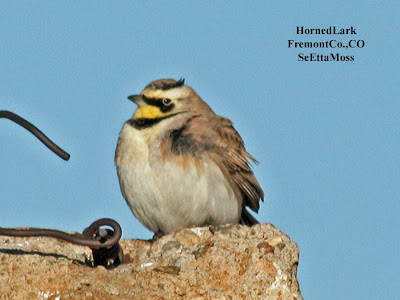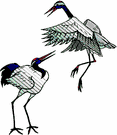Toot, toot, tooting a two-owl night

Feeling better yet, I decided to try a little owling starting at dusk. I don't use recorded calls--I have seen them too easily abused as it is easy to keep playing the calls over and over ad infinitum. This can distract an owl from feeding or from engaging in breeding behavior successfully. I prefer to mimic owl calls, though I am limited in my repertoire.
My preferred mimic is the tooting call of the Northern Pygmy Owl--just a long, repetitive string of whistled "toots." It is more difficult to abuse mimicked calls--first, it is hard to keep whistling "toots" for too many minutes and real owls can more quickly realize that what they are hearing is not another owl (clearly, recordings of owl calls can fool an owl for a longer time).
So, I began my series of "toots" in a location where 2 N. Pygmy Owls returned my calls earlier this winter. Within an unusually short time I could hear I was getting a response, but the response was from a Western Screech-Owl like the none in this pic (not tonight's owl which did not come into sight, this is an owl I found in my backyard 5 years ago). I quickly switched to my best W. Screech Owl call, though it is more difficult and doesn't sound nearly as good as my tooting. Though this area is predominately pinyon-juniper habitat, there are some deciduous trees including cottonwoods in the area. I have a W. Screech Owl in the area several years ago. This owl continued to call for a few minutes then drifted off, likely having realized I was neither a suitor or competitor. So I moved on, trying my tooting calls at several locations.
A few miles away I tooted briefly out my car window, with the engine running as I could not pull off the road, and heard my tooting calls returned. I drove to a nearby safe location off the road but the calls had stopped. I called again, soliciting a lengthy (several minutes) response of repetitive toots from a Northern Pygmy Owl. I was again in predominately pinyon-juniper habitat though with not only some deciduous trees but also some ponderosa pines. After a while this owl moved off without making itself visible. This was a very enjoyable way to get back into my birding after being sick. SeEtta
Labels: N. Pygmy Owl, W. Screech Owl














